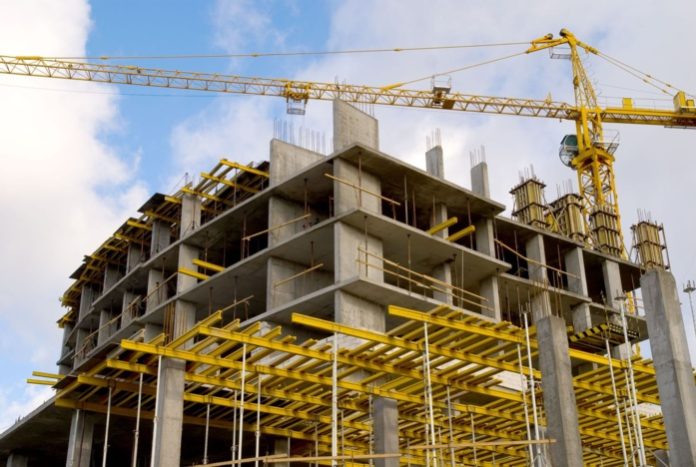Morocco’s construction sector has never been more dynamic. Fueled by massive investments in mega-projects, sports infrastructure, and housing development, the industry is undergoing a major transformation. According to the latest sectoral report from BMCE Capital Global Research, ongoing and upcoming investments are driving unprecedented growth. Key factors behind this momentum include preparations for co-hosting the 2030 FIFA World Cup, the National Program for Drinking Water Supply and Irrigation (PNAEPI), and the revival of the real estate market.
Brand-new stadiums for global events
Morocco is gearing up to host the 2025 Africa Cup of Nations and the 2030 FIFA World Cup, and the preparations go far beyond football. The country is set to renovate or build nine stadiums, with capacities reaching up to 115,000 spectators. The estimated cost? 20 billion dirhams by 2028.
But the upgrades don’t stop at stadiums. Morocco is also investing heavily in transport infrastructure, expanding highways and modernizing airports. In 2025 alone, 4.1 billion dirhams will be allocated to road network improvements, including key sections like Tit Mellil-Berrechid and Rabat-Casablanca Continentale. By 2030, the country aims to develop a 3,000-km highway network, making road trips smoother than ever.
Rail transport is also a major priority. A strategic plan outlines the construction of 1,300 km of new high-speed rail lines and 3,800 km of conventional railway tracks. The National Railway Office (ONCF) plans to invest nearly 87 billion dirhams to extend the high-speed rail line to Kenitra and Marrakech, while also developing a RER network linking Casablanca, Rabat, and Marrakech.
A housing market revival
The real estate sector is bouncing back, supported by direct housing subsidies launched in 2024. The government is offering grants of up to 100,000 dirhams to facilitate the purchase of affordable and mid-range housing. This initiative is expected to benefit 100,000 households annually, with a total budget of 9.5 billion dirhams through 2028.
At the same time, the “Cities Without Slums” program is making significant strides, aiming to resettle 120,000 households, including 62,000 in the Casablanca-Settat region alone. As a result, housing production surged by 10.8% in the first half of 2024, reaching 114,000 new units.
Water infrastructure: A lifeline for the construction industry
With increasing concerns over drought and water scarcity, the National Program for Drinking Water Supply and Irrigation (PNAEPI) 2020-2027 is creating major opportunities in the construction sector. This plan includes:
- The construction of 20 new dams
- Upgrades to existing infrastructure
- Expansion of desalination plants
These initiatives aim to strengthen Morocco’s water security while generating new business opportunities for construction firms specializing in civil engineering and public works.
Job creation and economic impact
With these large-scale projects, the construction sector is set to boost employment significantly. Investments in infrastructure are expected to create:
- 250,000 temporary jobs during the construction phase
- 100,000 permanent jobs in related industries, including tourism, hospitality, and transportation
The anticipated increase in hotel occupancy rates, driven by the addition of 40,000 new hotel rooms, is expected to generate an additional 20 billion dirhams in revenue.
With unprecedented financial commitments, Morocco is modernizing its infrastructure and reinforcing its economic competitiveness ahead of 2030. This surge in construction activity is not just reshaping the country’s urban landscape but also driving economic growth, positioning Morocco as a leader in infrastructure development across Africa.





